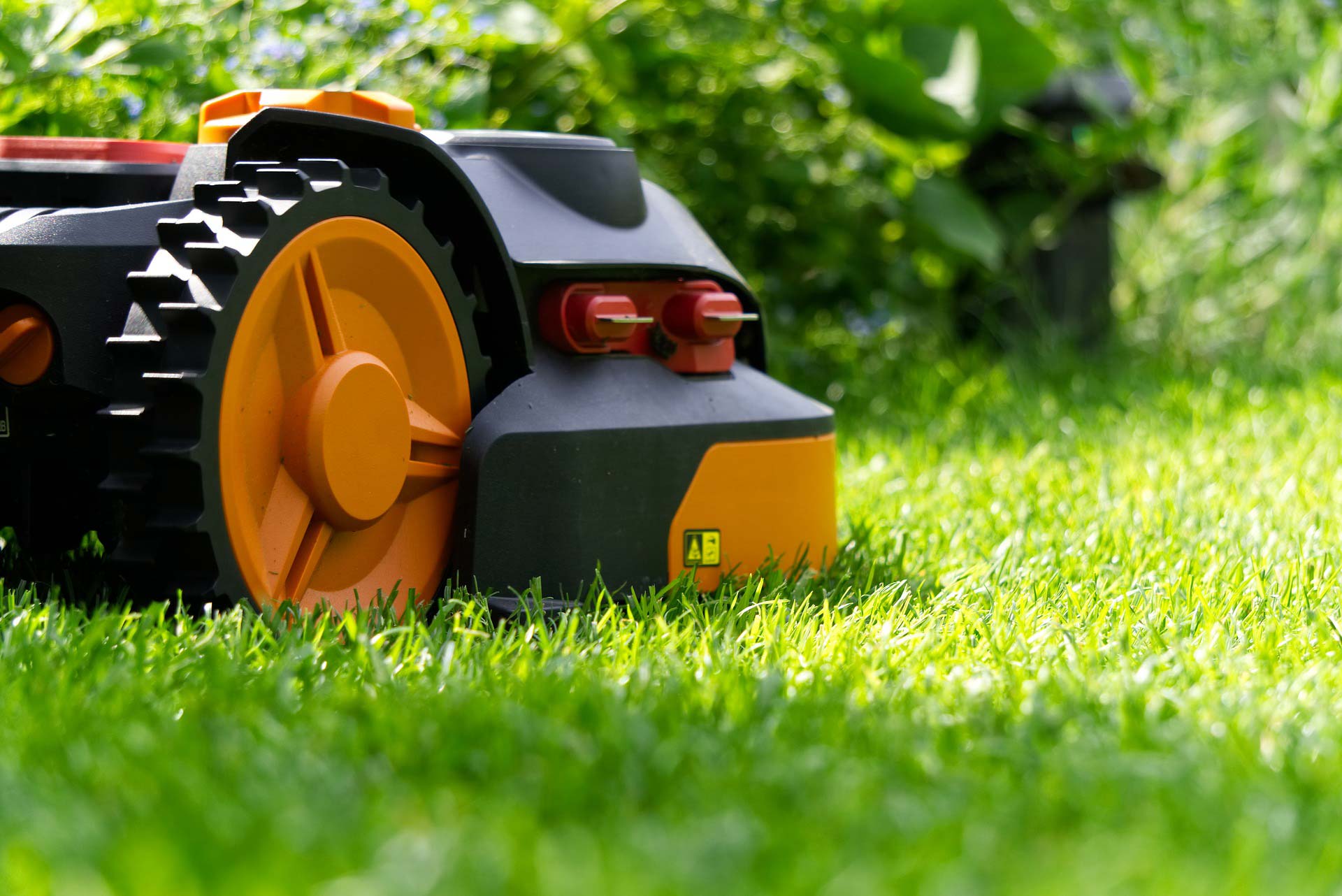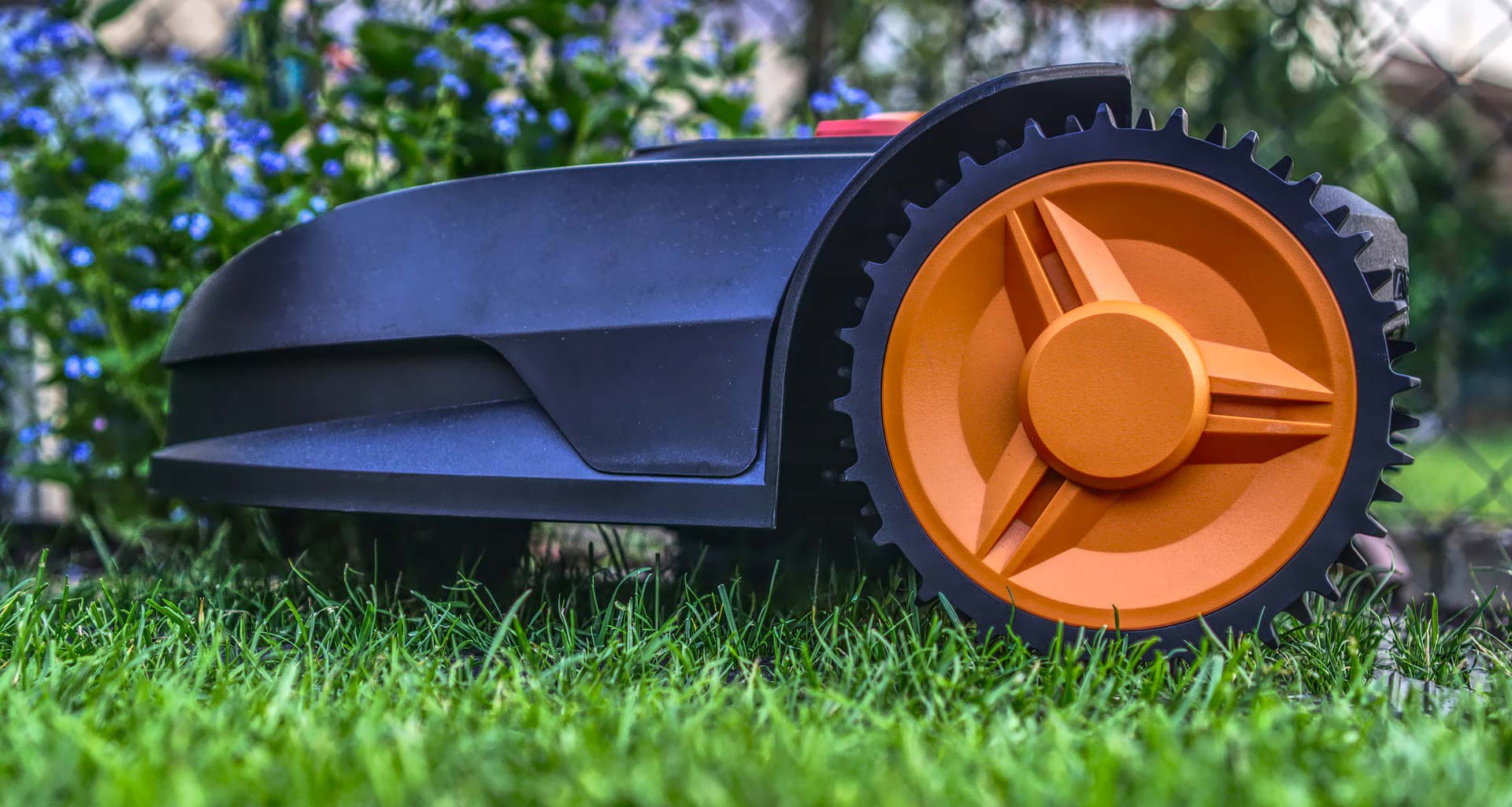
plæneklipper. | Græsslåmaskine | GulogGratis - Græsslåmaskine - Køb ny / brugt Græsslåmaskine billigt -GulogGratis.dk

brugte plæneklippere | Havemaskiner | GulogGratis - Havemaskiner - Brugte havemaskiner sælges & købes på GulogGratis.dk

selvkørende plæneklipper. | Havemaskiner | GulogGratis - Havemaskiner - Brugte havemaskiner sælges & købes på GulogGratis.dk

plæneklipper med starter | Ude | GulogGratis - Ude | Nyt og brugt til haven billigt til salg på GulogGratis.dk

have plæneklipper | Græsslåmaskine | GulogGratis - Græsslåmaskine - Køb ny / brugt Græsslåmaskine billigt -GulogGratis.dk

starter | Plæneklipper | GulogGratis - Plæneklipper & robotplæneklipper | Køb brugt på GulogGratis.dk

Den gode | Græsslåmaskine | GulogGratis - Græsslåmaskine - Køb ny / brugt Græsslåmaskine billigt -GulogGratis.dk

plæneklipper, | Græsslåmaskine | GulogGratis - Græsslåmaskine - Køb ny / brugt Græsslåmaskine billigt -GulogGratis.dk

selv kørende plæneklipper | Haven | GulogGratis - Ting til haven og andre udearealer - Køb & salg på GulogGratis.dk

















